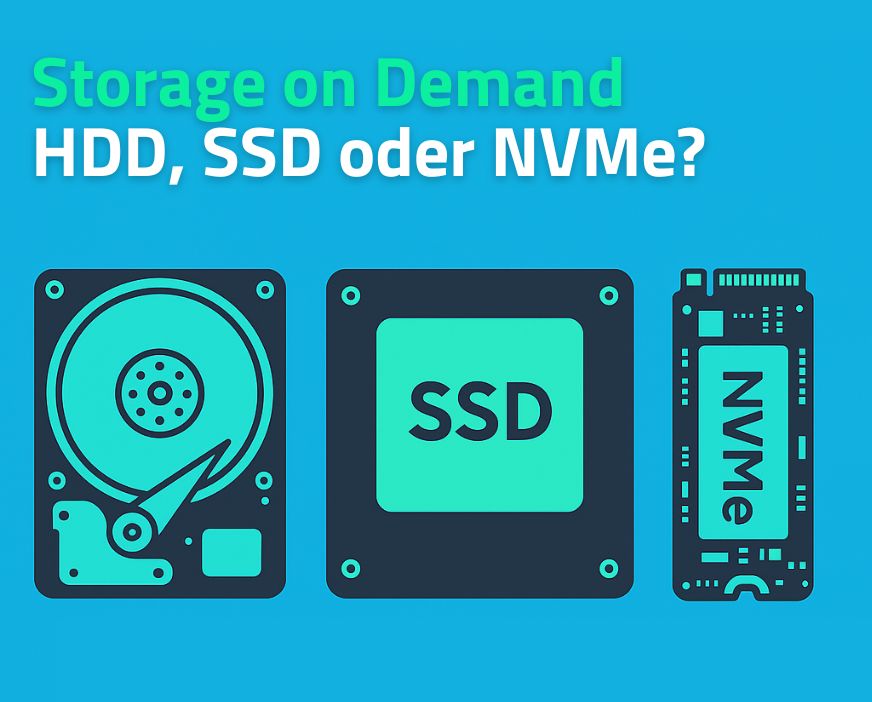Whether it’s about cloud workloads, remote workplaces, or real-time video streaming, the demands on reliable yet powerful internet connections are continuously increasing. Modern businesses today need more than just “any old” connection to the internet. They rely on highly available, scalable, and high-performance connectivity solutions to ensure smooth operations.
Two central terms that are repeatedly mentioned in this context are IP Transit and Peering. Both concepts represent different approaches to network connectivity, yet they pursue a common goal: stable, fast, and efficient data transmission. But how exactly do they differ? What’s behind these terms? And what do these differences specifically mean for your infrastructure strategy?
What is IP Transit?
The term IP Transit describes the provision of full internet access via one or more upstream providers. These providers enable data traffic to all accessible networks – globally and without restrictions. The customer, in a sense, “rents” access to the entire internet without having to establish their own peerings with other networks.
Key Features of IP Transit
- Global Reach: Access to all IP networks worldwide – including those without a direct connection.
- High Availability: By connecting to Tier-1 and Tier-2 carriers, companies gain maximum redundancy and stability.
- Operational Simplicity: Neither complex negotiations nor technical requirements are necessary for establishing own peering relationships – an advantage, especially for companies without their own network department.
- Scalability: Data traffic can be flexibly adapted to company growth at any time – as needed.
What is Peering?
In contrast to classic IP Transit, Peering stands for the direct and immediate exchange of data traffic between two networks – the so-called Autonomous Systems (AS). Data transfer occurs without a detour via a transit provider, which can lead to faster and more efficient transmission. The participating networks agree on a bilateral or even multilateral exchange – usually on a voluntary basis and for mutual benefit.
Types of Peering
- Public Peering: This takes place via so-called Internet Exchange Points (IXPs), for example at DE-CIX in Frankfurt. At such nodes, many networks can communicate with each other simultaneously and thus exchange data efficiently.
- Private Peering: Here, a direct and dedicated connection is established between two networks – for example, between an Internet Service Provider (ISP) and a large cloud service provider. This allows for targeted connections with particularly high performance.
Advantages of Peering
- Cost Efficiency: Data traffic via Peering is often significantly cheaper than via IP Transit – especially when both parties derive comparable benefits from it.
- Performance Optimization: Direct transmission paths result in lower latencies and simultaneously higher transmission speeds – a clear advantage for time-critical applications.
- Reduced Dependency: As less traffic flows through external transit providers, companies gain more control over data flow and thus over the quality of their connections.
Peering is therefore particularly attractive for data-intensive companies that want to establish targeted connections with strategically important partners, content providers, or other large networks, be it for performance optimization, to relieve transit costs, or for higher reliability.

IP Transit vs. Peering: When is Each Solution Suitable?
The choice between IP Transit vs. Peering heavily depends on the business model, the existing network infrastructure, and the individual requirements for performance, scalability, and reliability.
IP Transit is particularly suitable for:
- Companies that need to be globally connected and rely on comprehensive connectivity.
- Organizations that do not want or cannot operate their own peering strategy, e.g., due to limited internal resources, insufficient volume, or lack of technical expertise.
- Companies without their own network department or without experience in Border Gateway Protocol (BGP).
- Customers who want to ensure maximum reliability across multiple upstream providers.
- Companies that focus on outsourcing, simplicity, and stability and want to rely on the infrastructure of external carriers.
Peering is particularly useful for:
- Traffic-intensive companies such as ISPs, CDNs, or cloud providers that need to distribute large amounts of data efficiently.
- Organizations that want to establish targeted connections with partners or content providers – for example, to increase performance or to relieve transit costs.
- Companies located near large Internet Exchange Points (IXPs) such as DE-CIX Frankfurt, where many potential peering partners are located.
- Scenarios where low latency and maximum performance are business-critical, e.g., for gaming, streaming, or real-time data processing.
- Cases with high data traffic to specific target networks, where targeted peerings are also economically beneficial.
Best Practice: The Combination of IP Transit and Peering
In practice, many companies rely on a hybrid strategy where IP Transit and Peering are sensibly combined. This approach unites the strengths of both worlds:
Advantages at a Glance:
- Global accessibility via IP Transit, including redundancy and reliability
- Performance optimization through targeted peering with partners, carriers, and content providers
- Cost savings by reducing transit traffic.
- More control over the data path, as critical connections can be individually designed.
This approach is ideal for companies with complex network requirements, for example in e-commerce, for financial service providers, or in the media industry.
firstcolo Connectivity: High-Performance Internet Connectivity with IP Transit and Peering
As an established data center operator located in Frankfurt am Main, firstcolo offers ideal conditions for companies that want to get the most out of IP Transit vs. Peering.
Our Connectivity Services:
- Direct access to DE-CIX Frankfurt, one of the largest internet exchange points worldwide.
- Multiple Tier-1 and Tier-2 upstream providers for maximum reliability.
- On-site peering options – individually customizable, flexibly expandable.
- Access to over 1,000 carrier networks worldwide, perfect for global requirements.
- Technical expert support: our network team is at your side.
Whether you want to completely outsource your network infrastructure or specifically optimize it: We provide the right connections – reliable, high-performance, and scalable.
Conclusion: IP Transit vs. Peering – The Right Mix is Key
IP Transit and Peering are not opposites, but complementary concepts. The decision for one model or the other is not an either-or question, but a strategic consideration, depending on business goals, technical infrastructure, and economic framework.
IP Transit offers clear advantages for companies that need to be globally accessible – especially thanks to global reach, redundancy, and reliability.
Peering, in turn, is ideal for specifically optimizing performance, minimizing latency, and reducing costs, especially with high data volumes.
The mix of both models delivers the best of both worlds: flexibility, stability, and future-proofing, especially when implemented with an experienced partner. This way, individual requirements can be met efficiently and without compromising quality or availability.
Do you want to optimize your network infrastructure and fully leverage the benefits of IP Transit and Peering? Contact us. We advise you individually, competently, and practically.
Do you want to optimize your network infrastructure and fully leverage the benefits of IP Transit and Peering? Contact us – we advise you individually, competently, and practically.








